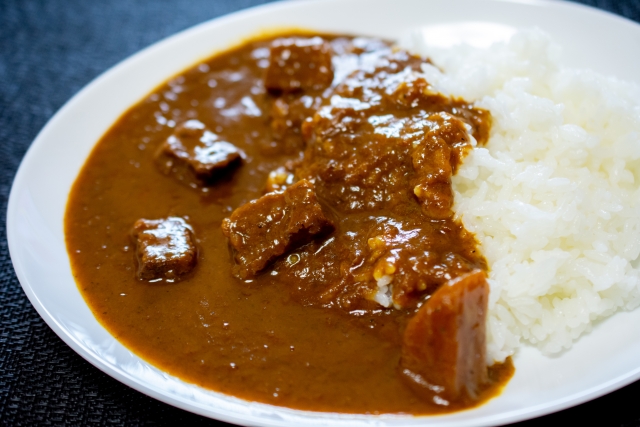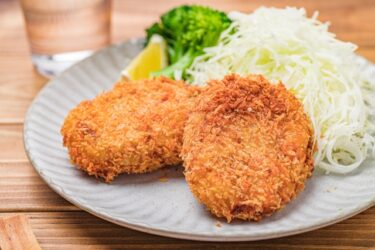Curry rice is a dish in which curry and cooked rice are eaten together on the same plate.
There are dishes using curry powder all over the world, but Japanese curry has evolved independently from what was introduced from England 150 years ago.
Therefore, it is quite different from Indian and Thai curry.
It is made by adding curry powder, wheat flour, oils and fats, soup stock, etc. to the place where the ingredients are stir-fried, but in addition to the roux mixed with curry powder etc., there are also many retort pouch foods that can be eaten just by heating.
Japanese curry is thick and goes well with rice.
What is Curry rice and can I eat it?
Materials of Curry
Beef, pork, chicken, potatoes, carrots, onions, flour, spices, seasonings
| Low-gluten | ||||
| with Beef | with Pork |
| Restaurant | Fast food |
Curry rice is one of the Japanese national dishes
Surprisingly, curry rice and ramen are said to be Japanese national dishes. Few Japanese people have never eaten curry rice. According to one survey, Japanese people eat curry 79 times a year.
At home, cooked ingredients are mixed with curry roux, which is pre-mixed with curry powder, seasonings, wheat flour, and fat. Retort pouch foods that can be eaten simply by heating with boiling water are also often used.
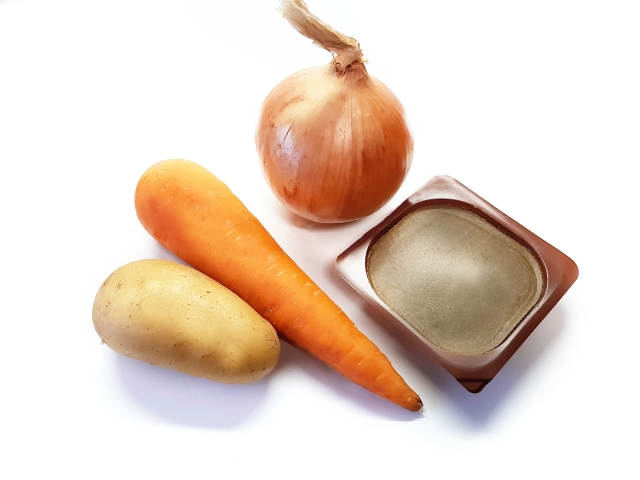
Curry is an easy-to-eat menu. There are many curry shops all over the town. You can also eat curry at Gyudon (beef bowl) restaurants throughout Japan. Curry is always a menu item in popular restaurants.
Recently, the number of shops offering Indian and Thai curry has increased. You can also get these curry retort pouch foods and canned foods at food supermarkets. There are three differences between Indian and Thai curry rice and Japanese curry rice.
- Japanese curry should be thickened with flour.
- In Japan, Japonica rice is used, but in India and Thailand, Indica rice is used.
- Japanese curry often has dashi added
Therefore, many Japanese curries are not gluten-free.
The following are commonly used ingredients for Japanese curry;
- Beef, pork, or chicken
- Potatoes, onions, and carrots
In addition, Japanese curry rice is often accompanied by the following items;
Fukujinzuke Seven kinds of ingredients, radish, eggplant, sword bean, lotus root, cucumber, perilla seed, and shiitake mushroom, dipped in a seasoning liquid made from soy sauce, sugar, and mirin. It may be colored bright red or it may be originally dark orange.
Rakkyo pickled in sweet and sour sauce Rakkyo, a member of the green onion plant, with bulbs attached with vinegar and sugar. Contains chili peppers to add spiciness.
When ordering curry at a restaurant, we often add toppings to the curry. The most popular topping is “Tonkatsu”, and the curry rice with tonkatsu on top is “Katsu curry”. Katsu curry can be eaten at most restaurants that offer many curries.

Other toppings include the following ingredients;
- Korokke (Croquette)
- Chicken-katsu (Chicken cutlet)
- Kaki-furai (Deep fried oysters)
- Ebi-furai (Fried Shrimp)
Try to eat Curry rice!
How much ?
$ 3.5~20
Where can I eat Curry rice ?
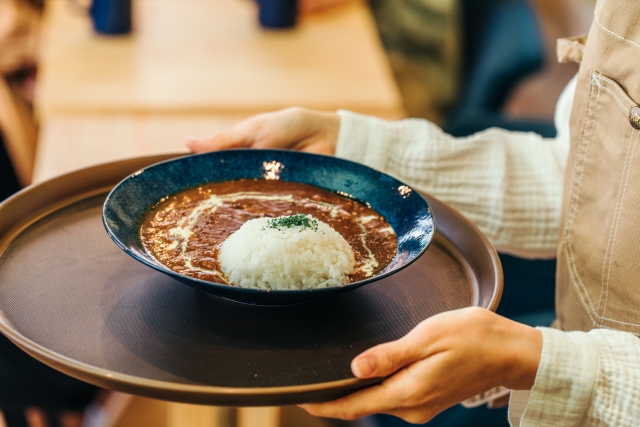
- Curry specialty reataurant
There are various curry specialty restaurants, such as chain stores and privately owned stores. Definitely delicious is “CoCo Ichibanya,” which has been certified by the Guinness Book of Records as “the largest chain of curry restaurants in the world.” There are more than 1300 stores in Japan and overseas. At this store, you can customize and order curry to your liking. The type of sauce, amount of rice, spiciness, sweetness, and toppings are decided and ordered, so it may be confusing for first-time visitors, but it is popular if you can eat just the right curry depending on how you like your stomach. - Gyudon chain restaurants
Gyudon restaurant chains such as “Sukiya”, “Yoshinoya”, and “Matsuya” can eat curry at a low price. You can’t choose the type or spiciness of the sauce, but you can choose the amount of rice and toppings. - Food court in commercial complex, or rest area of expressway
There is always at least one curry shop in the food court.
Precautions when eating Curry rice
For gluten-free people
Japanese curry uses wheat flour for roux to thicken curry. As far as I know, there are no restaurants that offer gluten-free curry as a menu. However, since the amount of flour used is small, eating it should not have a significant effect unless you are allergic to wheat or have celiac disease.
Many people make curry at home, so flour-free curry roux is sold by multiple manufacturers and can be purchased at food supermarkets. So if you make it yourself, you can make a gluten-free curry.
For vegetarians
Indian curry has vegetarian curry dishes, but Japanese curry usually uses some animal ingredients, even if the ingredients do not contain meat or fish. If you do not consume any animal ingredients, please do not eat.
For Muslims
In Japanese curry, even if pork is not used as an ingredient, roux may be made to use ingredients made from pork. If you don’t see halal, don’t eat.
Japanese writer’s comment for Curry
Japanese people love curry, so besides curry and rice, which eats rice and curry together, there are various dishes that use curry.
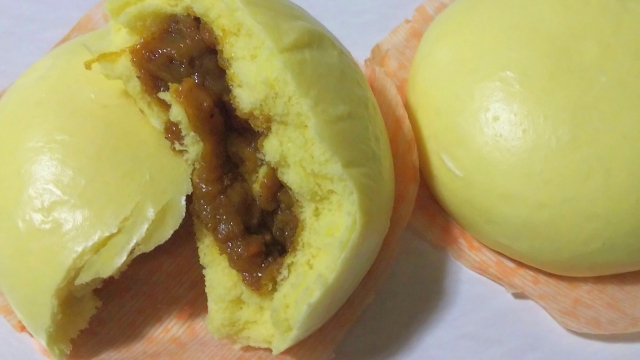
Soup curry
A curry-flavored soup with meat and vegetables, served in a soup plate. The soup is not thick. Eat with rice or bread.
Dry curry
It is made by stir-frying rice and finely chopped ingredients together to make it curry-flavored. This menu is sometimes found in Western restaurants.
Curry udon
Udon noodles with soup stock mixed with curry and dashi. The soup stock is thicker than the curry of rice curry, and goes well with udon noodles. Another feature is that the ingredients and tastes differ depending on the restaurants.
Curry Nanban
Udon noodles or Japanese soba noodles with a mixture of curry and dashi stock, which is characterized by using long onions. The taste of dashi varies from store to store. There is no clear difference from curry udon, but it seems that the one containing long onions is called “curry nanban”.

